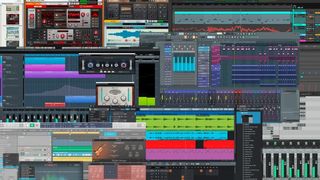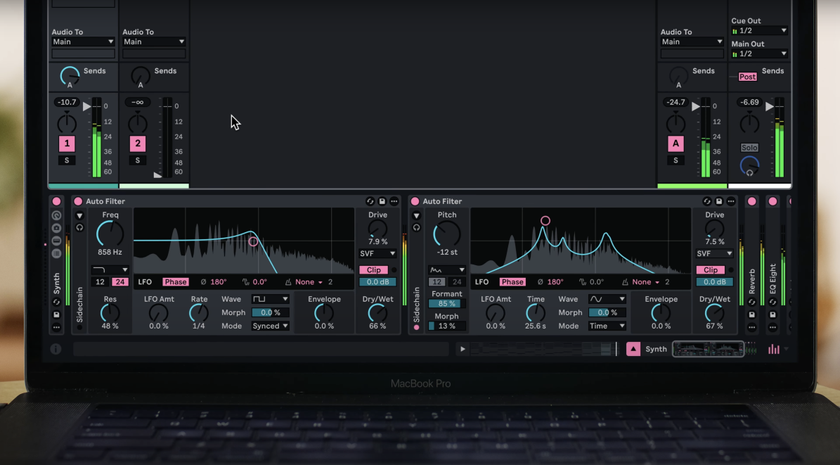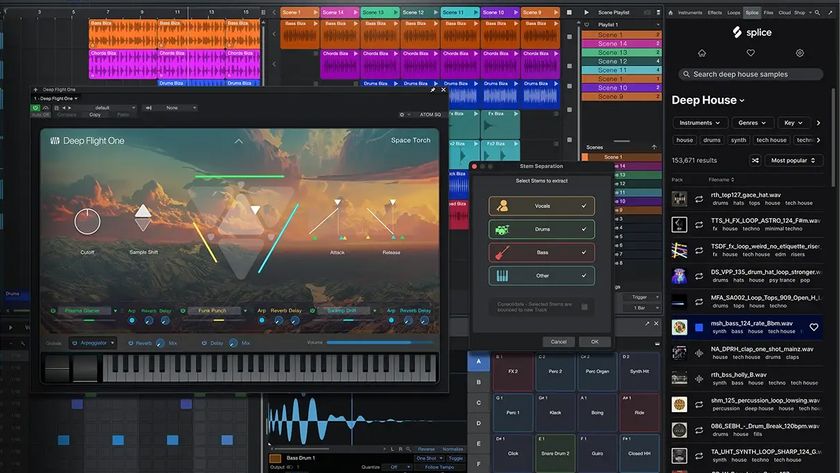Serato Studio is the new DAW that’s designed to turn DJs into producers
New music software could bridge the gap between booth and studio
Serato is one of the biggest players in the DJ software and DJ controller markets, but now it’s on a mission to turn its users into producers. The company's new product, Serato Studio, is a simple DAW that adopts a DJ-style workflow.
The software certainly has a DJ-like look about it, and includes cue points, mixer channels, FX, timestretching and key detection via Serato’s Pitch ‘n Time, waveform displays, bundled content, and access to your Serato DJ library.
“By building on what DJs already know, we’ve reduced that steep learning curve commonly associated with music production,” says Nick Maclaren, Chief Strategy Officer at Serato. “Which means less time hitting technical roadblocks and more time actually making music.”
Other beginner-friendly features include the Play in Key mode, which locks your track to a scale so your music will always sound ‘right’, and the one-click Make Beats option.
“During the testing phase we noticed DJs would try to make a track and spend a lot of their time on less creative aspects, like putting a drum kit together or finding the key of their sample,” says Maclaren. “So we’ve focused on being able to get ideas out fast.”
That said, Serato doesn’t want to reach the limits of Studio too quickly, hence the inclusion of automation features, stem exporting and VST/AU plugin support. You can use it with your MIDI controller or supported Serato DJ hardware, too.
Serato Studio is currently in beta, and you can sign up to test it on the Serato website. Once launched it’ll be a subscription only service; the pricing structure of this has yet to be confirmed, but we can confirm that there’s no rent-to-own option, so you’ll have to pay an ongoing fee.
Get the MusicRadar Newsletter
Want all the hottest music and gear news, reviews, deals, features and more, direct to your inbox? Sign up here.
We’ve been putting an early version of Serato Studio through its paces, and you can check out our first impressions here.

I’m the Deputy Editor of MusicRadar, having worked on the site since its launch in 2007. I previously spent eight years working on our sister magazine, Computer Music. I’ve been playing the piano, gigging in bands and failing to finish tracks at home for more than 30 years, 24 of which I’ve also spent writing about music and the ever-changing technology used to make it.






![Chris Hayes [left] wears a purple checked shirt and plays his 1957 Stratocaster in the studio; Michael J. Fox tears it up onstage as Marty McFly in the 1985 blockbuster Back To The Future.](https://cdn.mos.cms.futurecdn.net/nWZUSbFAwA6EqQdruLmXXh-840-80.jpg)






